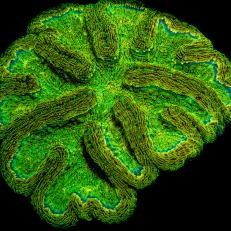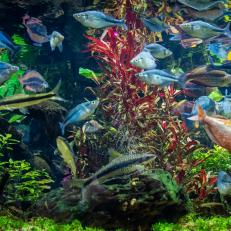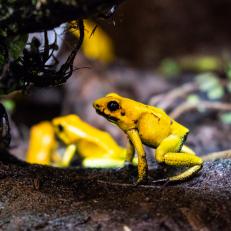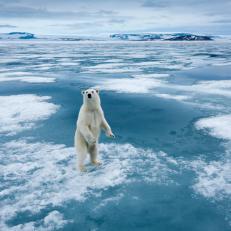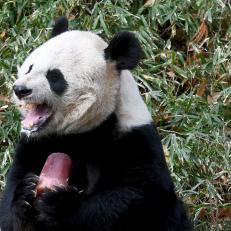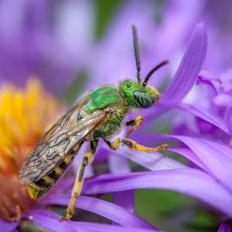5 Facts About the 2021 Cherry Blossom Blooms
Cherry trees early bloom signal to scientists further temperature changes with harsher climate to follow, slowly affecting ecosystems around the world.
April 09, 2021
By:
Makenzie LaPorte
Shop This Look
Cherry blossoms in Kyoto haven't bloomed this early in 1200 years
Japan’s beautiful and infamous tourist attraction- the white and pink cherry blossoms, “sakura,” bloomed much earlier than scientists, and much of the world expected. The March 26, 2021 peak bloom date surpassed the previous record-holder of March 27, 1409, which was nearly a century before Christopher Columbus sailed to America. Scientists have recorded and studied this “long-term pattern toward earlier spring flowering,” and correlate it to climate change.










